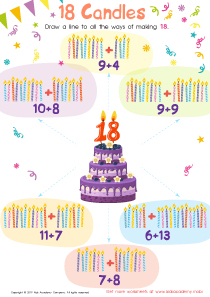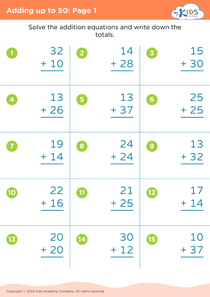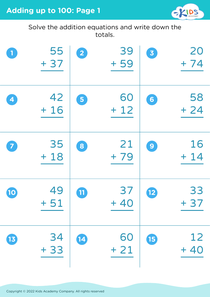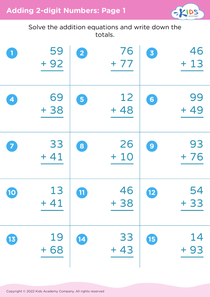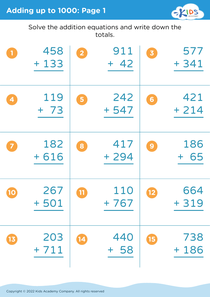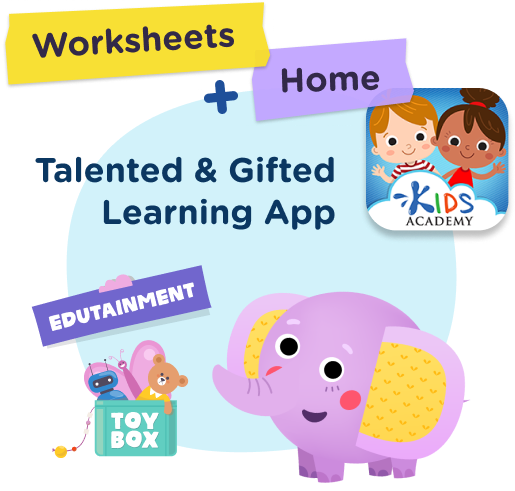Visual learning enhancement Adding Up to 5 Worksheets for Ages 3-8
4 filtered results
-
From - To
Unlock the magic of math with our "Visual Learning Enhancement: Adding Up to 5" worksheets, thoughtfully crafted for children ages 3-8. Designed to boost young learners' arithmetic skills, these engaging activities use vibrant visuals and clear imagery to simplify addition concepts. Our resources not only make learning fun and interactive but also support cognitive development by reinforcing number recognition and counting skills. Ideal for both classroom and home use, these worksheets foster a love for math while helping children grasp foundational addition. Dive into a world of visual learning and watch your child’s confidence in math flourish!
For more details and to download the worksheets, visit Kids Academy.
Early childhood educators and parents play critical roles in a child's development, and supporting visual learning - particularly for essential skills like adding up to 5 - can shape a child's educational foundation positively. For children between the ages of 3 and 8, understanding basic arithmetic is more than just learning to add; it embodies recognizing patterns, understanding quantity, and building confidence in problem-solving.
Visual learning enhancement tools, such as colorful counting objects, interactive games, and engaging digital applications, can be especially effective. These tools capture young learners' attention and transform abstract numerical concepts into tangible and enjoyable activities. They also cater to diverse learning styles, enabling children who might struggle with traditional methods to grasp fundamental ideas more readily.
By integrating visual learning methods into arithmetic lessons, teachers can foster a stimulating learning environment that promotes curiosity and a positive attitude towards mathematics. Additionally, parents who reinforce these concepts at home can provide consistent and supportive learning experiences that deepen their child's enjoyment and understanding.
Such an approach helps children develop essential cognitive skills, such as spatial reasoning and logical thinking, which are foundational for future academic success. Therefore, emphasizing visual learning for adding up to 5 aligns with best practices in early childhood education by nurturing a holistic, engaging, and effective mathematical foundation.

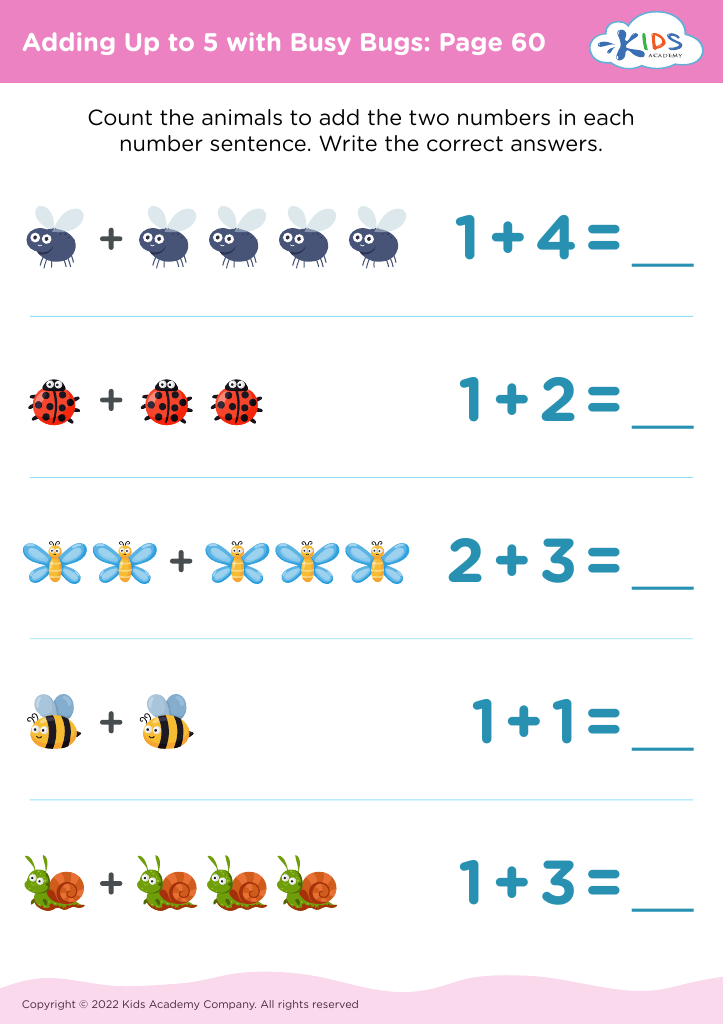
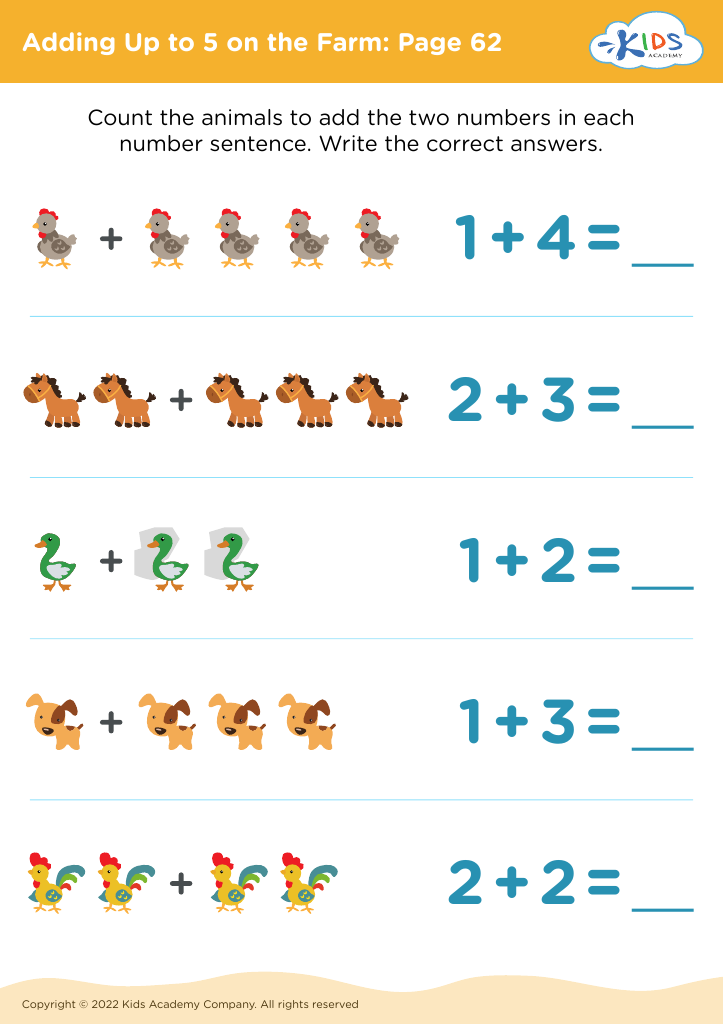
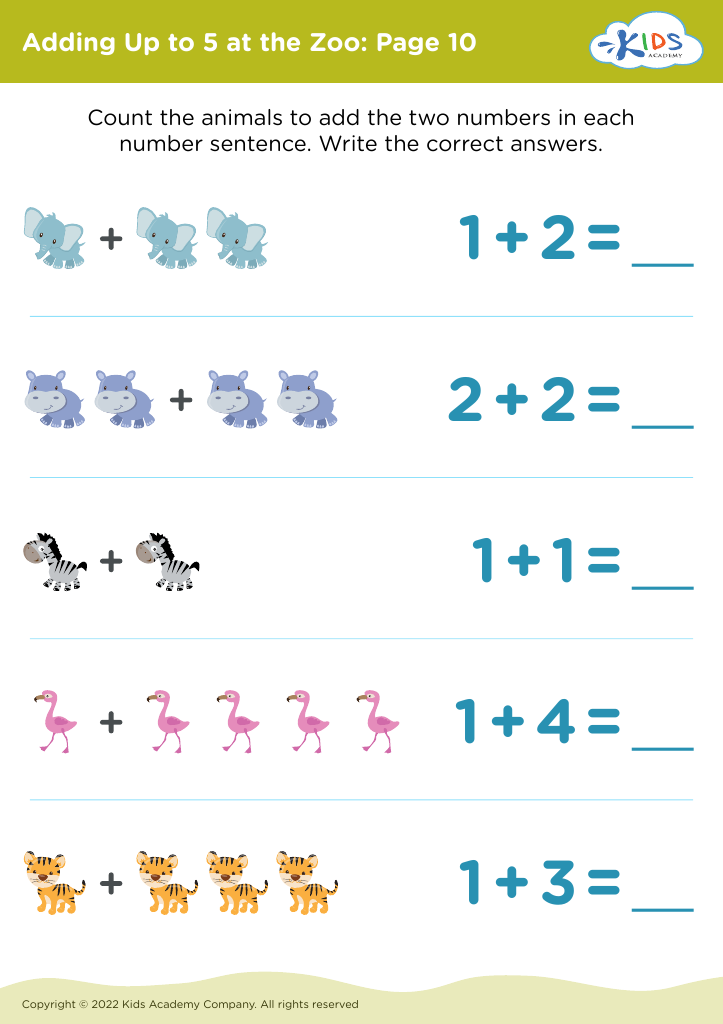
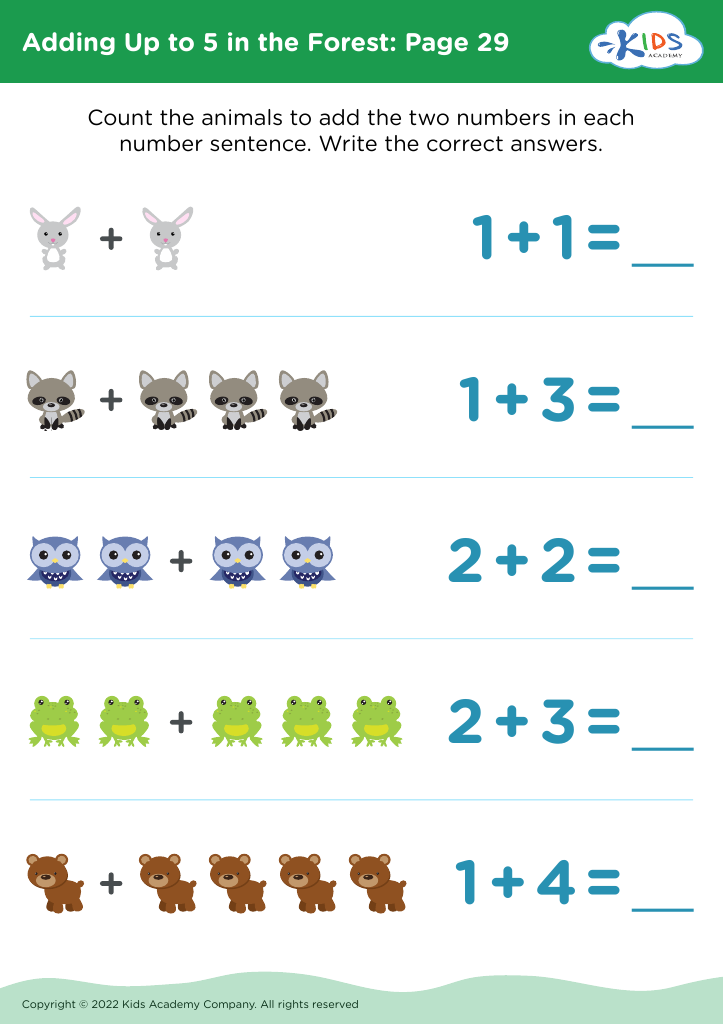
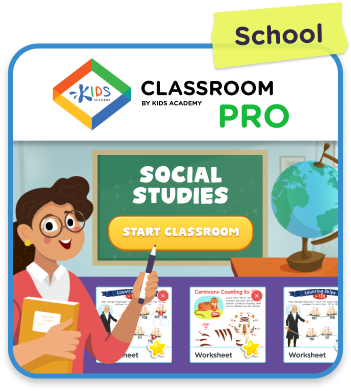
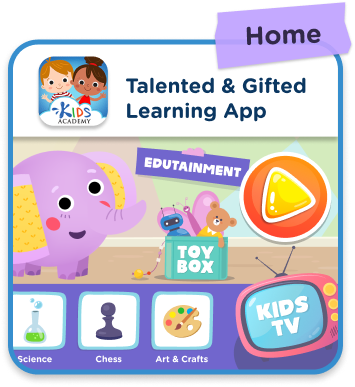
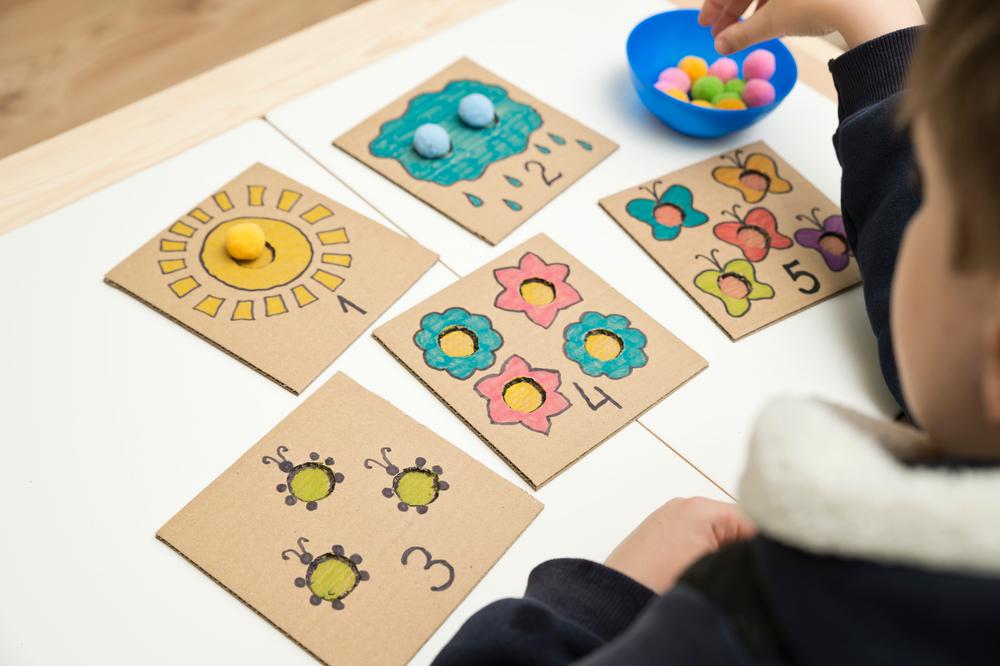
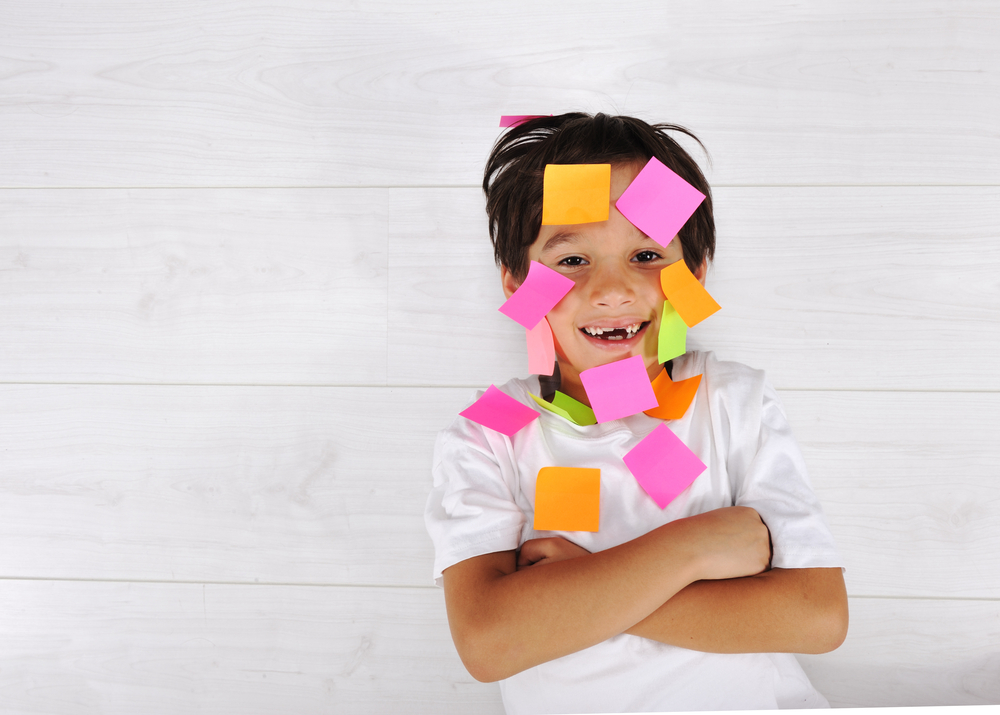

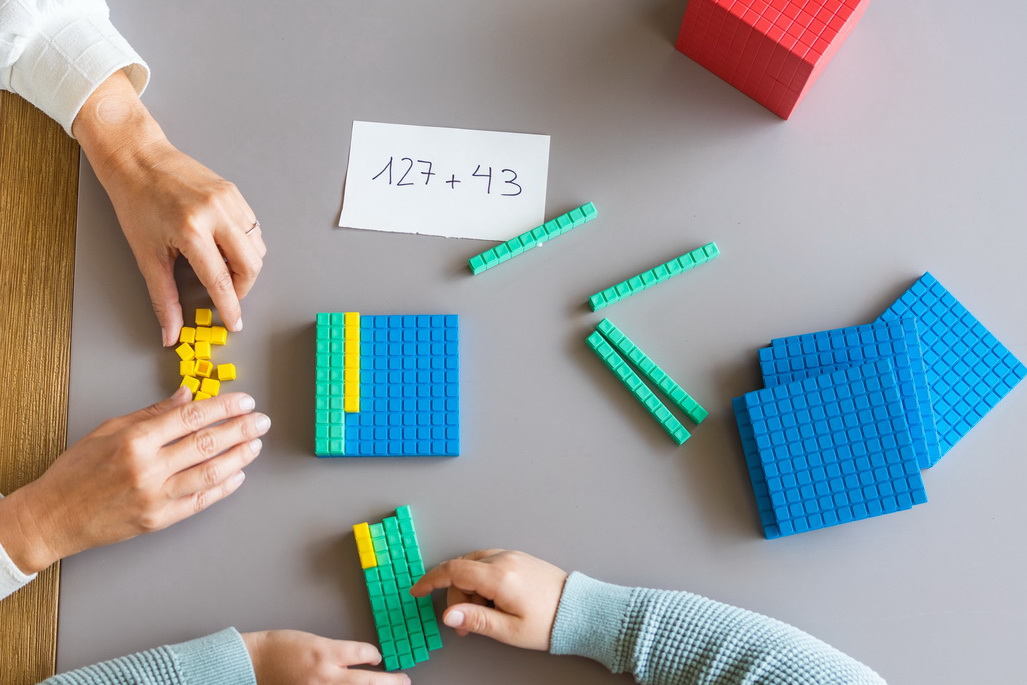
.jpg)
%20(1).jpg)
